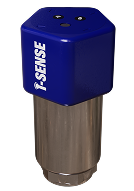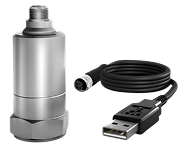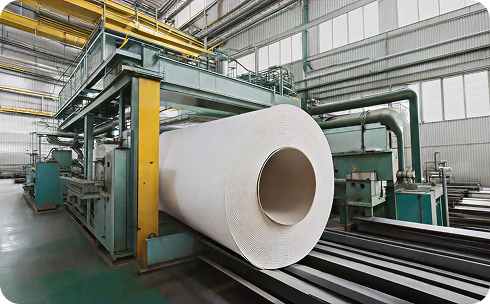.png)









.png)


A vibration analyzer is a key tool in predictive maintenance. It monitors machinery health by detecting irregular patterns and faults. Using sensors, it captures data to identify common issues such as:
OCP Maintenance Solutions’ analyzers stand out for their accuracy and efficiency. With advanced analysis techniques, they deliver insights that go beyond basic diagnostics. This allows maintenance teams to extend asset lifespan, reduce downtime and ensure production continuity.
Cutting-edge technology makes OCP analyzers adaptable to real industrial challenges. Regular calibration ensures precise and reliable data, creating a strong predictive maintenance framework. Unlike generic tools, they provide deeper diagnostics and smarter predictive capabilities.
By turning vibration data into actionable insights, OCP analyzers help teams anticipate failures before they occur. This predictive approach optimizes resources, improves safety and boosts operational performance. The result is lower costs, greater reliability and a stronger competitive edge.

Vibration analyzers bring several advantages to maintenance strategies. They detect potential failures before they happen, preventing unplanned downtime. The precise data they deliver makes it possible to diagnose problems quickly and intervene effectively.
With OCP analyzers, companies gain additional benefits:
These features ensure smoother operations, longer equipment life and significant cost savings. By adopting OCP’s solutions, companies reduce breakdown risks, optimize resources and boost productivity while maintaining the highest safety standards.

Using a vibration analyzer effectively requires a few key steps:
Training staff to interpret results is crucial. Turning data into actionable insights maximizes the value of vibration monitoring.
Because of their versatility, vibration analyzers are used across sectors like manufacturing and energy, where equipment reliability is critical. By embedding them into routine maintenance, companies shift from reactive repairs to proactive strategies that secure up-time and improve long-term performance.

A wireless vibration sensor is a smart device that monitors machine health by measuring vibrations without physical cables. It sends vibration data through wireless networks, allowing remote diagnostics and instant alerts.
These sensors are especially useful in hard-to-reach areas or complex machinery, where wired connections are not practical. Thanks to their high precision and broad frequency range, they detect abnormal vibration patterns early — helping to prevent failures and reduce downtime.
Easy to install and scalable, wireless vibration sensors are a key component of modern industrial monitoring. Many models also include temperature sensing, offering a more complete view of equipment health.
By combining wireless flexibility with real-time condition monitoring, industries can improve worker safety, optimize maintenance schedules, and cut operational costs. This technology supports the shift toward data-driven maintenance and ensures more reliable, efficient, and sustainable operations.

Wireless vibration sensors track machine health by measuring vibration patterns and sending data through Wi-Fi, Bluetooth, or RF technologies.
At their core, these devices use accelerometers to detect movements and convert them into electrical signals. The data is then processed directly inside the sensor or sent to a central monitoring system for analysis.
By continuously monitoring vibrations, they can spot anomalies early and help predict failures before they happen. Many models also integrate temperature sensors, offering a broader picture of equipment health.
Because they work wirelessly, installation is simple and scalable. Large industrial sites or remote areas can be covered easily, with multiple sensors connected into the same network.
The data flows in real time, enabling predictive maintenance instead of reactive repairs. This reduces downtime, extends asset lifespan, and improves worker safety.
Looking ahead, combining wireless sensors with AI and machine learning will unlock even deeper insights and more accurate forecasts — making industrial operations smarter and more resilient.